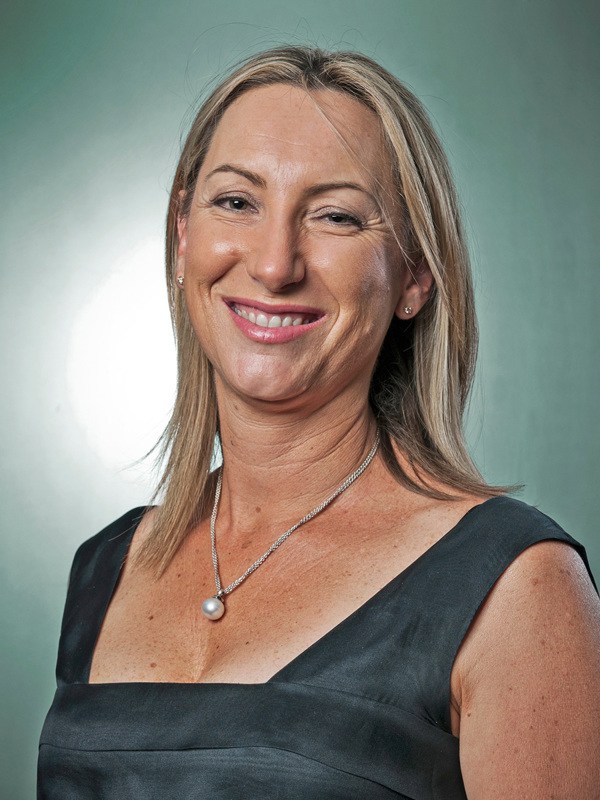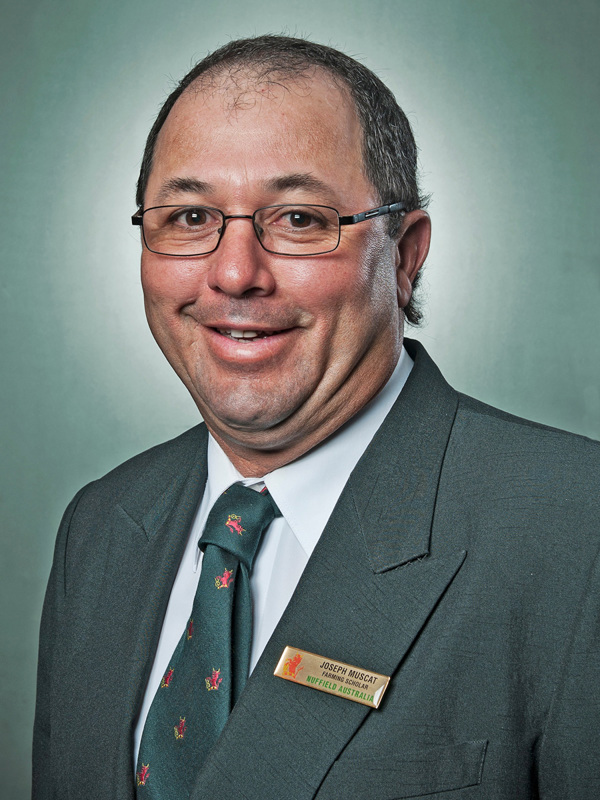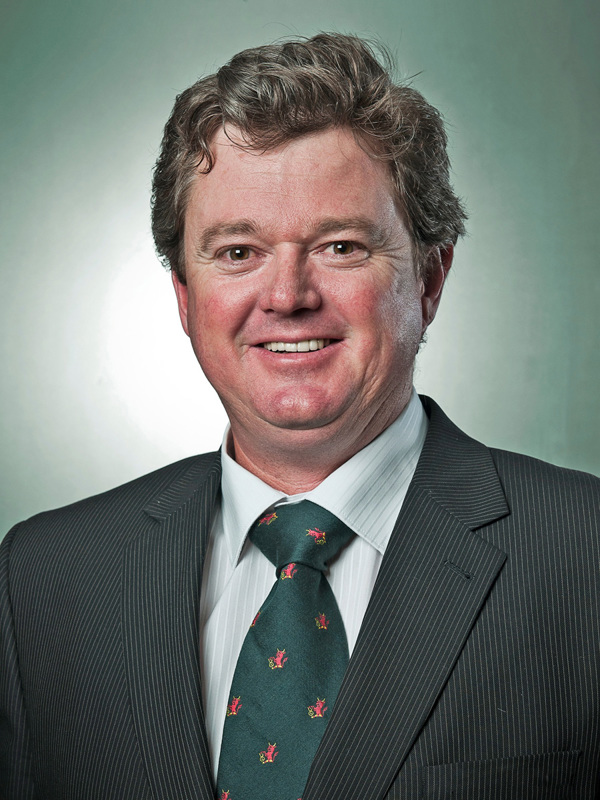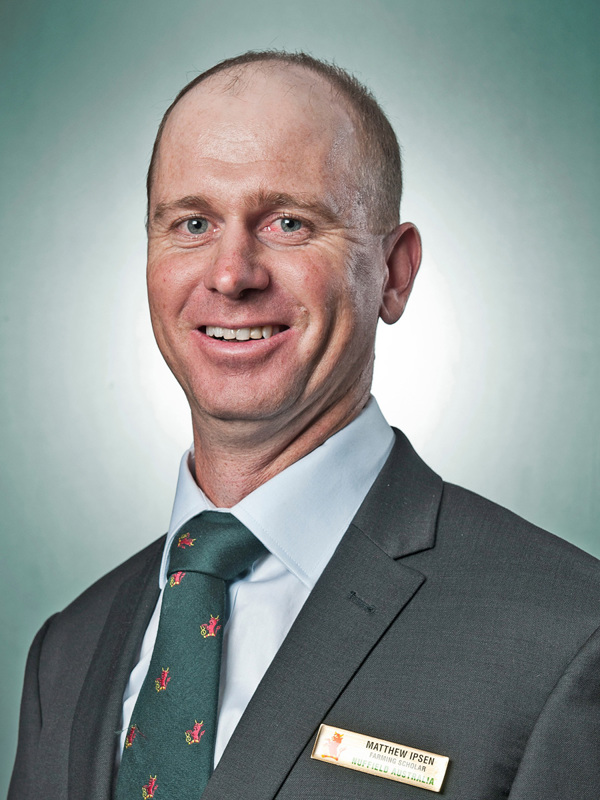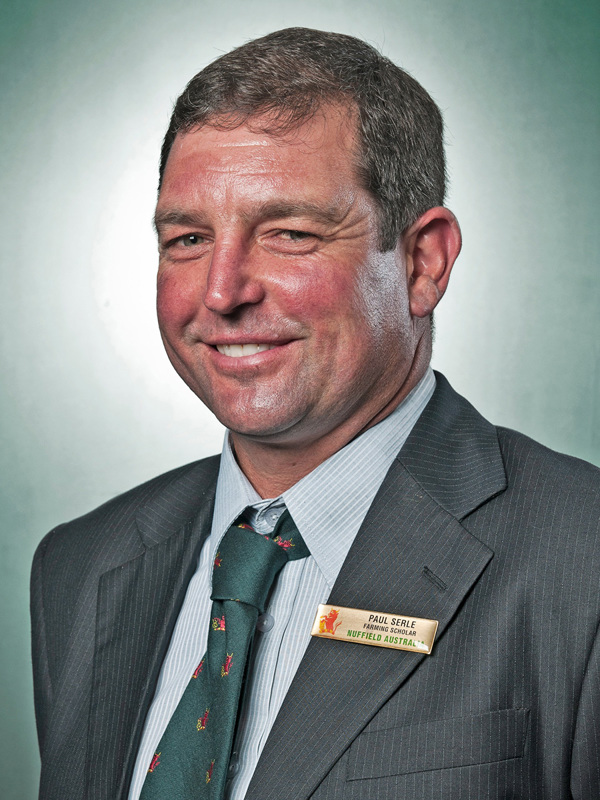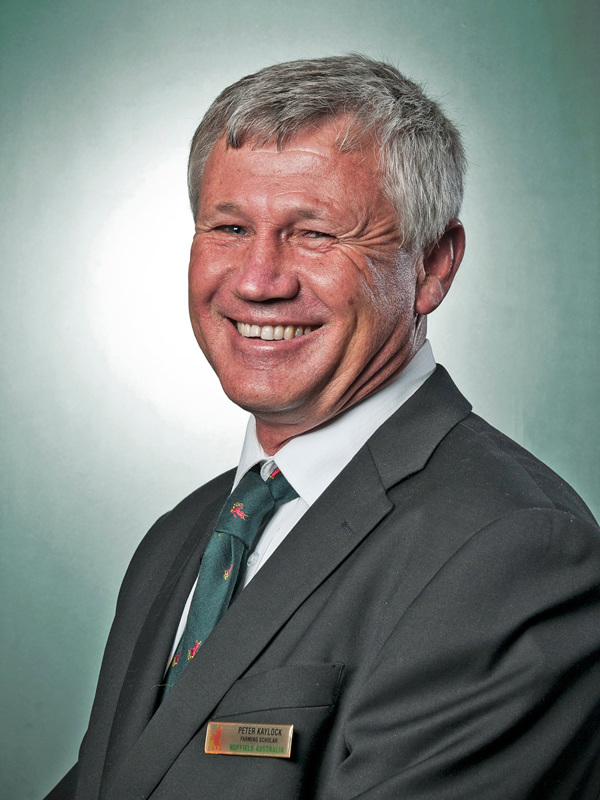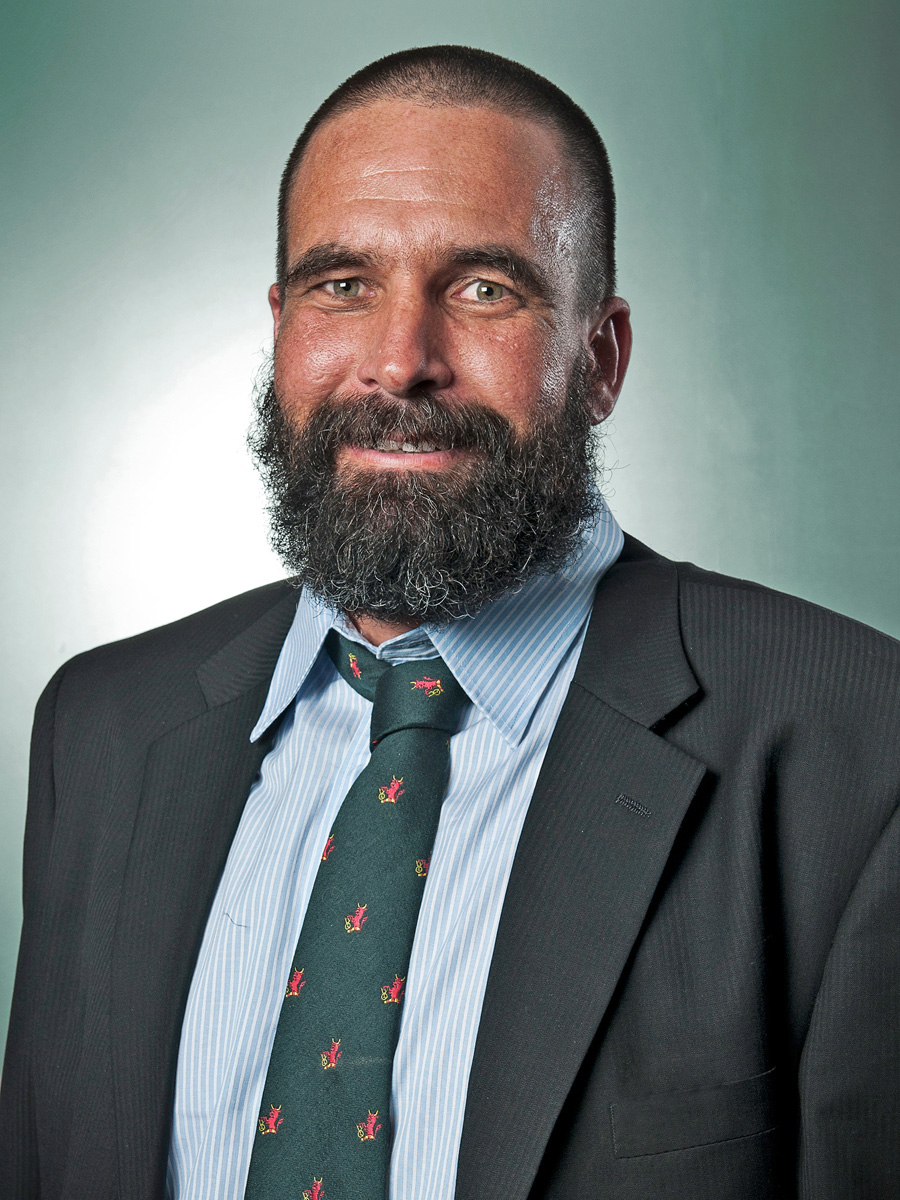
Paul Green

With most Australian farmers relying on the traditional method of buying machinery from the local dealer, grain farmer Paul Green believes there is a better way to do business. Paul, from Hyden in WA, used his scholarship to investigate the economics of machinery manufacturing and find out how Australian farmers can get a better deal.
“Essentially the price of machinery drove me to study this topic, trying to understand whether the price signals are correct that farmers have to pay. Following on from that, I wanted to try and find ways to get more viable costings for machinery for producers in our area,” he explains.
For Paul, North America was an obvious starting point.
“I spent quite a bit of time in America and Canada because that’s where the majority of the equipment is sourced for broadacre grain production in Western Australia, so they’re the main competitors in any manufacturing industry. I then went to Europe and had a look particularly in Italy at their manufacturing enterprises before finishing with a quick tour through south-east Asia to get an understanding of how factories operate in low-cost economies,” he explains.
Paul quickly found some major differences with the Australian marketplace.
“Certainly labour remuneration was number one, while currency valuations, taxation and government incentives were the other standouts, but they do need to be put into perspective. For example, Australia has a 17 per cent higher wage rate than North America, but if a product only has a small wage per cent as its total build cost, then that 17 per cent can easily be negated by a more favourable tax regime or a slight movement in currency,” Paul says.
Paul says another major hurdle for local farmers is that Australia’s smaller population doesn’t allow for a large number of machinery dealers, impacting on the price that primary producers pay.
“An average-sized town in mid-west USA may well have three John Deere dealers with three separate owners all vying for your business, while here, particularly in WA, you’ll have one machinery dealer with seven or eight outlets essentially covering a third of the state. We just don’t have that competition between dealers."
Paul says there are three ways primary producers acquire machinery; the traditional approach of buying through local manufacturers and dealers, direct importing or custom builds – essentially farmers building machines themselves. He believes Australia can compete in the custom build space if farmers are smart about the type of products they make.
“We need to focus on large, oversized machinery where there’s transport issues and technically advanced equipment that we can develop locally for our own individual use. There are some products and components that are best suited to being mass-produced in the low-cost economies of Asia – we need to accept that and just import those and become more of an assembly line here in Australia for the products we require. If we look back on the last 10-20 years, the population has decreased so dramatically and the size of the farms are expanding at a rapid rate. It all comes back to being smart about what we want to build, but I certainly hope there’s going to be more competition for the farmers primarily from custom building, because there’s just not going to be the population around to sustain a fully-fledged industry,” Paul concludes.





